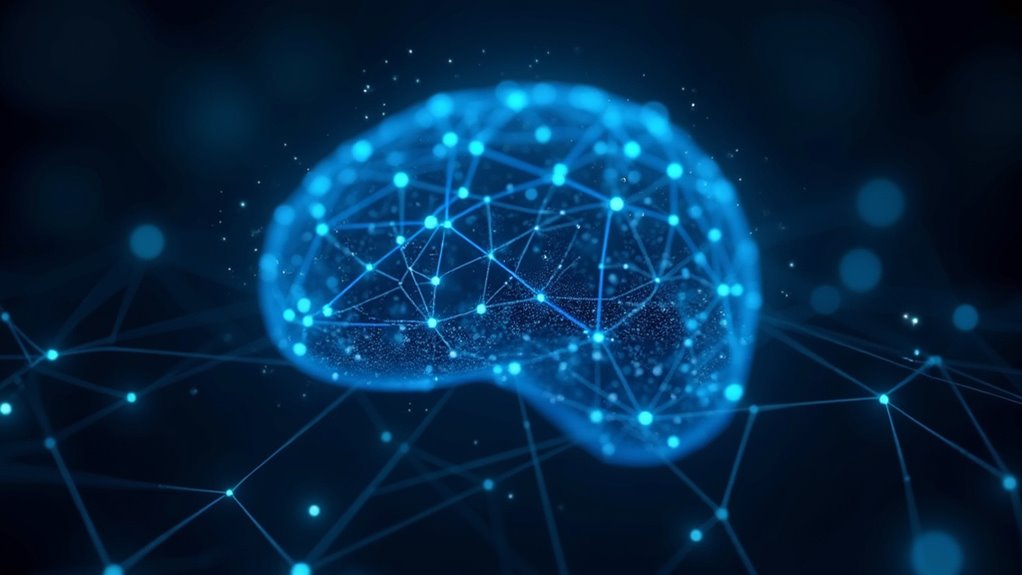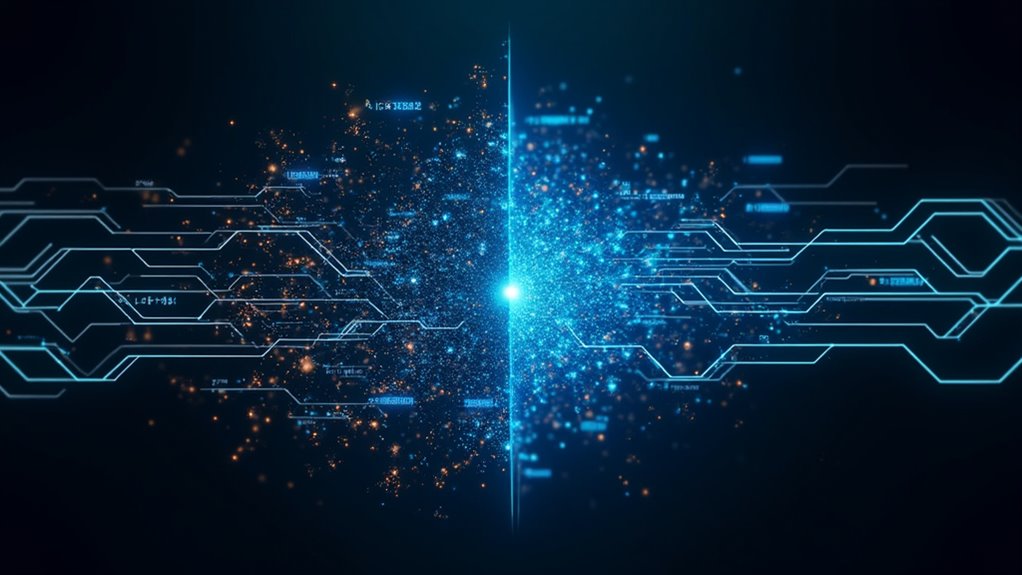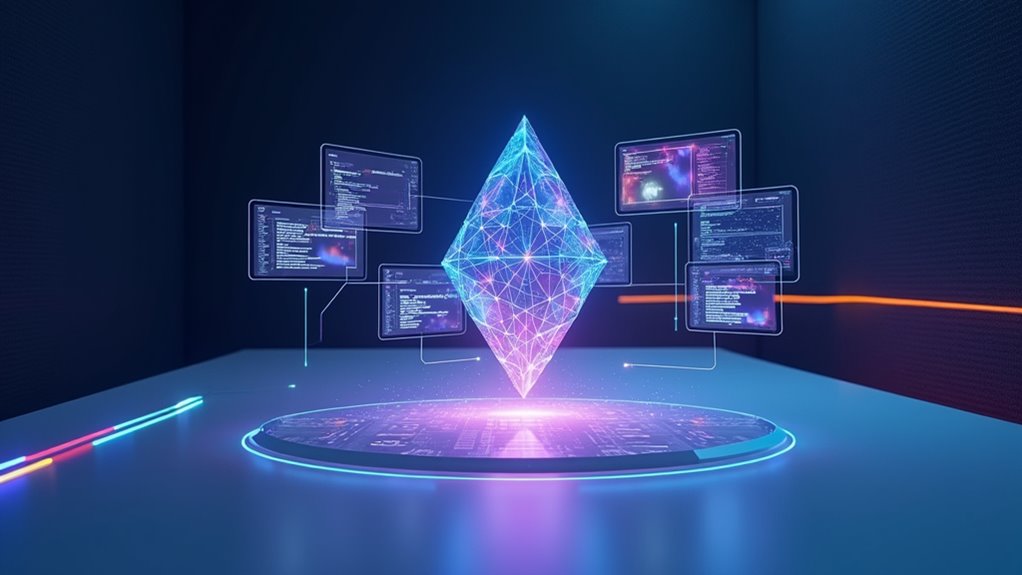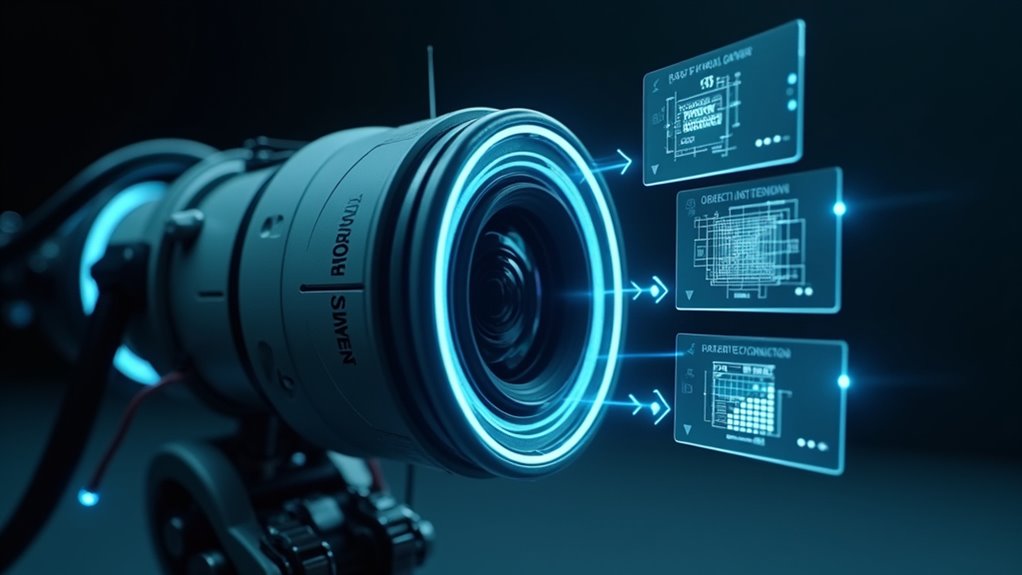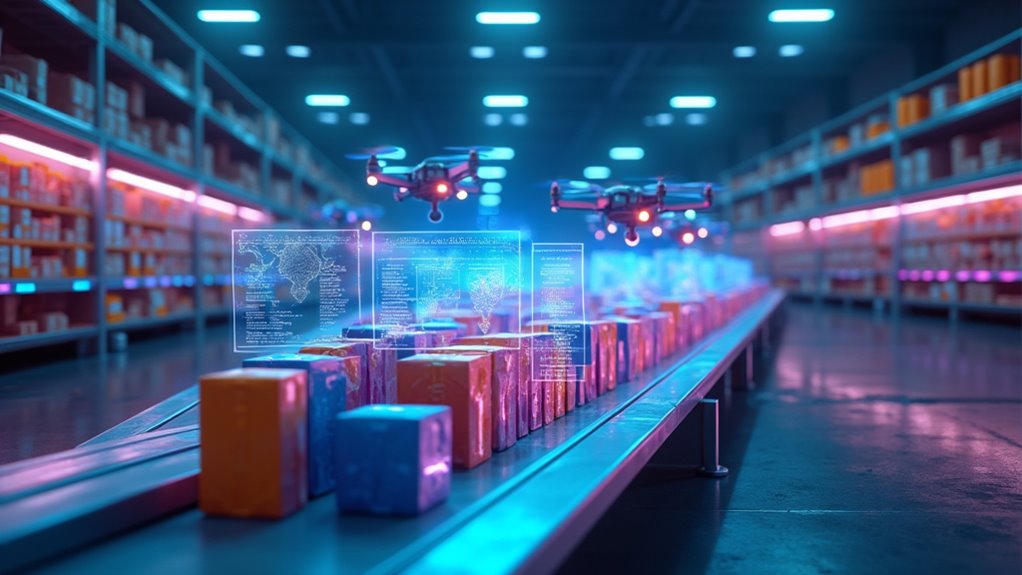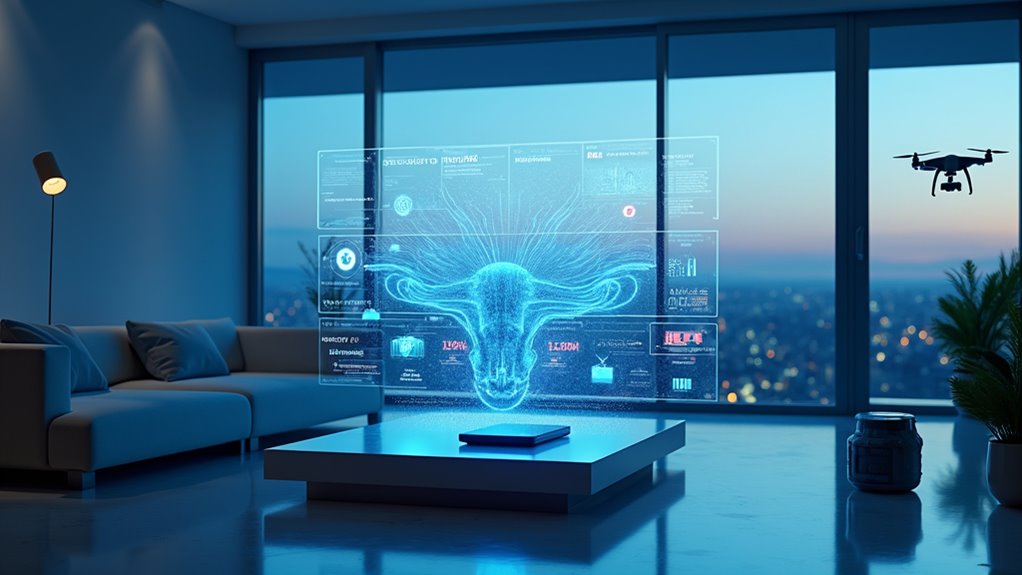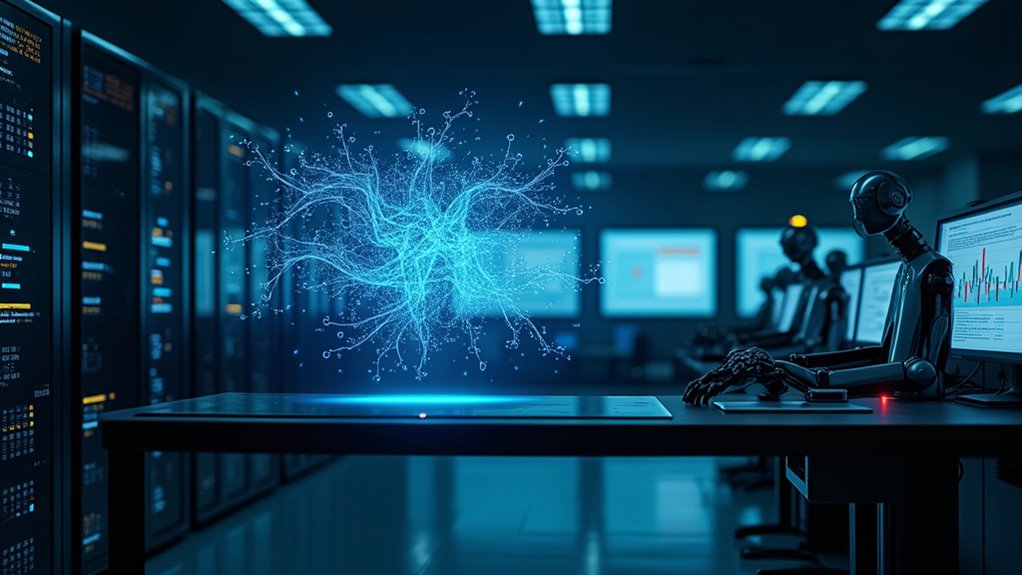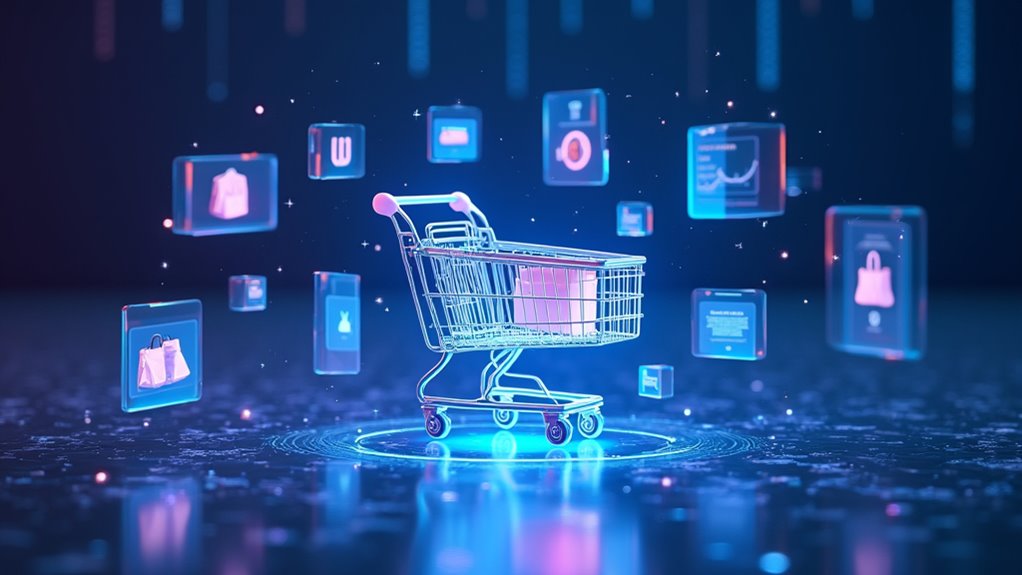Machine learning is a game-changing branch of AI that learns from data without explicit programming. It’s already revolutionizing daily life, from spotting tumors in medical images to predicting when factory machines will break down. Companies can’t survive without it anymore. The technology powers everything from fraud detection in banking to those oddly accurate Netflix suggestions that seem to read your mind. And this is just the beginning of the AI revolution.
The machines are getting smarter, whether we like it or not. Machine learning, a branch of artificial intelligence, has sneaked its way into nearly every corner of our lives. It’s not just some fancy tech buzzword anymore – it’s the invisible force behind everything from Netflix recommendations to life-saving medical diagnoses. And here’s the kicker: these systems don’t even need humans to explicitly program them. They learn from data, lots of it, all by themselves. The field has come a long way since symbolic AI first attempted to replicate human reasoning.
Machine learning isn’t just transforming our world – it’s completely rewiring it, one dataset at a time, with or without our permission.
In healthcare, machine learning is literally saving lives. It spots tumors in medical images that human doctors might miss. In finance, it catches fraudsters before they can empty your bank account. And in retail? Well, it’s the reason you keep buying stuff you didn’t know you wanted – those eerily accurate product recommendations aren’t just lucky guesses. Drug discovery pipelines are being revolutionized as AI accelerates the development of new medications.
The manufacturing sector has jumped on the bandwagon too, using machine learning to predict when machines will break down before they actually do. Talk about being ahead of the game. With a projected 26% job growth through 2033, the field is expanding rapidly.
The field is evolving faster than a cheetah on caffeine. Generative AI is creating content that’s getting harder to distinguish from human-made work. Small language models are making natural language processing more efficient, and there’s finally some serious talk about ethics in AI – better late than never.
But there’s a catch: we’re running short on data scientists. Turns out, teaching machines to learn requires humans who know what they’re doing.
For businesses, machine learning isn’t just a nice-to-have anymore – it’s survival. Companies are using it to cut costs, streamline operations, and keep customers happy. They’re throwing everything they’ve got at it: supervised learning for predictions, unsupervised learning for pattern discovery, and reinforcement learning for optimization.
Deep learning? That’s the heavy artillery for complex tasks. But it’s not all sunshine and algorithms. The biggest hurdle? Getting clean, high-quality data. Because let’s face it – even the smartest machine learning system is only as good as the data it’s fed.
